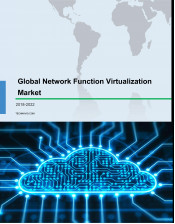 |
“Alcatel-Lucent cloud solutions help service providers get maximum value from network functions virtualization (NFV). Our open, multivendor carrier cloud portfolio offers ready-to-go technologies that remove risk and complexity from NFV transformation. Alcatel-Lucent can help you capitalize on the potential of NFV. Our cloud portfolio combines our in-depth understanding of telecommunications industry requirements with expertise gained from the IT, Internet and networking industries.” |
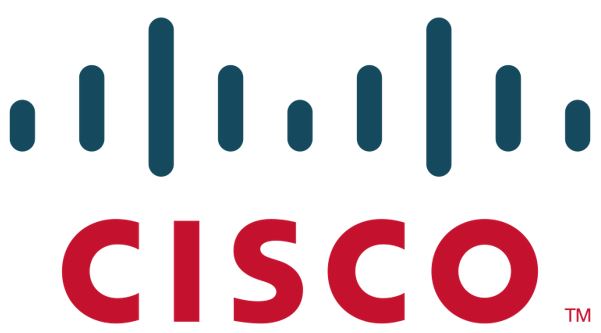 |
“Cisco Evolved Services Platform provides a comprehensive multivendor NFV solution that is based upon open standards and APIs. It is extensible by offering comprehensive modular capabilities that span the entire network operator architecture: cloud, video, mobile and fixed. Cisco’s NFV portfolio has the most extensive set of virtual network functions available on the market. The Cisco solution is offered through four alternative purchasing models that allow operators to fit the NFV solutions to their tolerance for implementation, operational and financial risk.” |
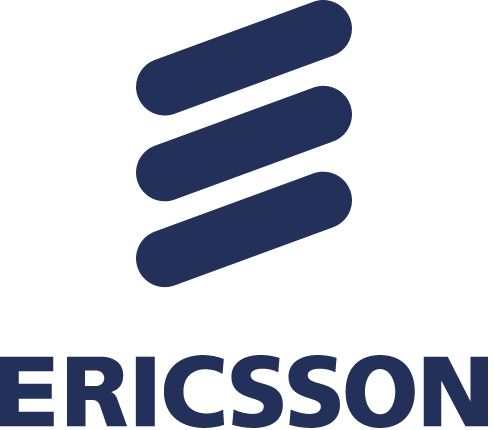 |
“The Ericsson SSR 8000 family of Smart Services Routers, provides operators with a highly scalable, consolidated platform that offers services for both fixed and mobile network infrastructure. It offers services such as IP/MPLS edge routing and Evolved Packet Gateway functionalities. The Smart Services Router enables complete network convergence so subscribers can access services from any devices or locations.” |
 |
“Cloud Edge is part of Huawei’s SoftCOM roadmap for introducing advances in Cloud, NFV and Software-Defined Networking (SDN) technologies into the global telecoms market over the next ten years. SoftCOM provides a path for operators to leverage existing network infrastructure and core service capabilities while continuing to cost-effectively implement “revolution-in-evolution” technology innovations. Huawei is a leading proponent of NFV standardization. The company is an active member of the European Telecommunications Standards Institute’s NFV Industry Specification Group (ETSI NFV ISG).” |
 |
“Liquid Core as part of NSN Telco Cloud makes the core network adaptable and flexible enough to meet subscribers’ changing needs so that operators can deliver the best customer experience at the lowest cost– whenever, whatever the demand. With Core Virtualization, core network functions can run on standard IT hardware in a virtualized manner and is referred by ETSI NFV standardization as Network Functions Virtualization.” |
 |
“The 6WINDGate software provides a solution to critical data plane performance challenges that must be solved in order to achieve cost-effective deployments of NFV. Network Functions Virtualization (NFV) promises significant improvements in CAPEX, OPEX and service delivery for telecom operators. Rather than installing dedicated, fixed-function hardware in their networks, they will be able to instantiate the necessary functions as pure software applications, running on generic hardware platforms.” |
 |
“When considering the current impact of virtualization on networking infrastructure, NFV clearly resembles an evolution rather than a revolution. Allot envisions a three-phase evolution path: Consolidation of all proprietary hardware based appliances to the same commercially off the shelf hardware. Creating a basic ecosystem that connects network functions through an orchestration function in order to provision compute, storage and network resources in this environment. Advanced cloud platform features such as service (resource) elasticity, high availability and network function movement.” |
 |
“For more than 30 years, Amdocs has ensured service providers’ success and embraced their biggest challenges. To win in the connected world, service providers rely on Amdocs to simplify the customer experience, harness the data explosion, stay ahead with new services and improve operational efficiency. The global company uniquely combines a market-leading BSS, OSS and network control product portfolio with value-driven professional services and managed services operations.” |
 |
“Arista is capable of bringing any combination of physical servers, storage, load balancers, firewalls, and network monitors into any virtual network segment with all of the provisioning happening seamlessly in software natively or via central controllers. These capabilities are based on hardware-accelerated virtual tunnel end-point technologies and the mapping of these between physical and virtual networking technologies.” |
 |
“Brocade offers a comprehensive suite of Network Functions Virtualization (NFV) solutions with the Brocade Vyatta vRouter and the Brocade Virtual ADX-helping organizations build fast, effective, and secure networks in environments where agility and automation are paramount. Together, the Brocade NFV solutions feature high-performance virtual routing, stateful firewall, VPN functions, and Layer 4 – 7 application delivery services.” |
 |
“CloudNFV is an open implementation of the ETSI NFV ISG work, based on a design contributed by Tom Nolle, president of CIMI Corporation. Tom’s design is derived from his work with his open-source ExperiaSphereTM project, and Tom has contributed that design freely into the public domain for implementation and use by all, without restrictions. This site is about the open design that Tom contributed, and that is still available for implementation.” |
 |
“As more LTE applications & devices are launched, the underlying network is under duress and the traditional approach of vertical node based capacity growth is proving to be too expensive. Connectem has created its virtualized packet core technology (VCM) to address these problems in packet core networking. Connectem’s VCM leverages years of innovation and investment from computing and data networking entities such as Intel, IBM, VMware, ISV’s and the Open source community to bring an elastic, scalable and robust platform optimized for operational simplicity.” |
 |
“ConteXtream’s SDN offering is carrier-grade and enables Network Function Virtualization (NFV) for various solutions deployed on carrier networks. Deployed by Tier-1 operators, ConteXtream’s Carrier-SDN dynamically and elastically connects subscribers to services and enables carriers to leverage standard, low-cost server hardware and hypervisors to virtualize functions and services, while replacing costly purpose-built proprietary systems.” |
 |
“NFV Management and Orchestration (MANO) is the ETSI defined architecture for the management and orchestration of all resources of a cloud data center, including computing, networking, storage, and virtual machines (VMs) resources. Blue Planet follows these guidelines to instantiate and control virtual functions, to orchestrate the physical network, virtual network, and to interconnect virtual functions (i.e., WAN optimization, firewall, DPI, vEPC, vRR, v, DNS, etc.) to achieve service chaining.” |
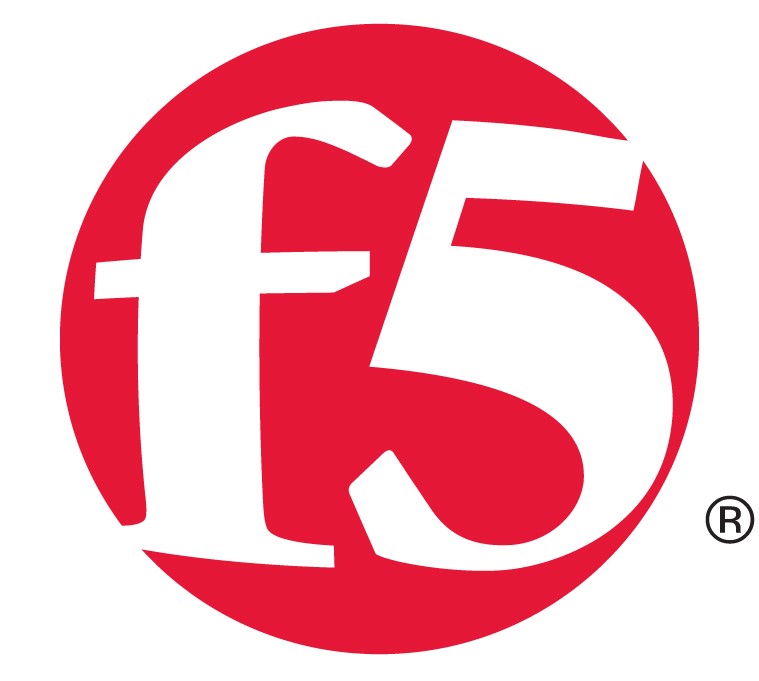 |
“From routers to load-balancers to firewalls—the more appliances you have, the more difficult they are to manage and maintain. While virtualization can consolidate equipment and reduce costs in the short-term, it’s only half the solution. F5’s Network Functions Virtualization (NFV) solution emphasizes orchestration and management capabilities to help you migrate to an Adaptive Network Infrastructure. With F5, you’ll have the tools and expertise you need to achieve an infrastructure that ensures flexibility in a rapidly changing market.” |
 |
“Intel® Virtualization Technology (Intel® VT) for Connectivity (Intel® VT-c) enables lower CPU utilization, reduced system latency, and improved networking throughput. Intel® VT-c is one of the key component technologies of Intel® Virtualization Technology. By adopting virtualization to reduce the variety of servers supporting business applications, IT can consolidate multiple applications onto a single server, creating a more cost-effective infrastructure for datacenter deployments.” |
 |
“Contrail is the industry’s first NFV solution that provides comprehensive management of the infrastructure (compute, storage, and networking) and virtualized or physical networking services. In addition to support for both Juniper and any third-party service instantiation, the controller does scale-outs of the networking services based on network demand. These networking services are then automatically chained using MPlS and BGP so that there is no disruption to the operational paradigm of the physical network.” |
 |
“Metaswitch is powering the transition of communication networks into a cloud-based, software-centric future. The company develops openly programmable solutions that run on standard hardware or in virtualized environments and act as the key control points in elastic voice, video and data networks. In its 30-year history, Metaswitch has helped hundreds of service providers worldwide advance their infrastructures, retain their customers, extend their brands and reduce their costs through every major network transformation.” |
 |
“Nakina Systems provides a software NFV framework for next-generation networks – SDN, LTE, Ethernet, IMS, or Optical – with distributed functions and increased network complexity. Nakina has already developed solutions that enable service providers to introduce new services and grow networks more rapidly and with fewer outages by automating the discovery of network equipment, reconciling with inventory systems, auditing software in the network, configuration of network devices and centralizing management of network security.” |
 |
“From the onset, NEC has been leading in the area of network virtualization focusing on Software-Defined Networking (SDN) and Network Functions Virtualization (NFV). In solving the telecom operators’ challenges, NEC has been the first to commercialize OpenFlow solutions, vEPC (Virtualized Evolved Packet Core: vMME and vS/P-GW) and vMVNO-GW. Proven in commercial carrier-grade environment, NEC’s SDN and NFV solutions deliver performance, stability and reliability.” |
 |
“The DynaMO enhanced media optimization solution is designed to help carriers manage the bandwidth constraints created by the fastest growing mobile content formats namely HD Video and Audio streaming. DynaMO makes the optimized delivery of media over mobile networks seamless for operators as well as providing them the option of hosting in the cloud or in the network. The solution can also be deployed in a virtualized environment with dynamic scaling that is fully aligned with the industry initiative for Network Function Virtualization (NFV).” |
 |
“RAD’s Distributed NFV (D-NFV) Applications Ecosystem gathers application developers and VM (virtual machine) vendors addressing the enterprise IT/OT market. RAD’s novel D-NFV solution integrates an x86 platform for VNF (virtualized network functions) hosting into a customer edge L2/L3 NID controlled by the service provider. This solution converges the control of conventional network elements, VNFs and IT applications to enable agile service rollout and lower OpEx within the current OSS/BSS and architectural environments.” |
 |
“Tail-f Systems is a leading provider of network service programmability solutions for traditional and software-defined networks (SDN). Headquartered in Stockholm, Sweden, Tail-f is a Red Herring Top 100 company, a Stratecast Global OSS/BSS 10 to Watch Company, and a Pipeline Network Innovations Award Finalist.” |
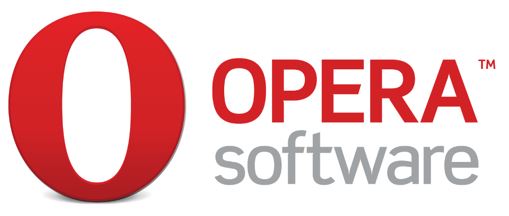 |
“Opera products enable more than 350 million internet consumers worldwide to discover and connect with the content and services that matter most to them, no matter what device, network or location. In turn, we help advertisers reach the audiences that build value for their businesses. Opera also delivers products and services to more than 120 mobile operators around the world, enabling them to provide a faster, more economical and better network experience to their subscribers.” |
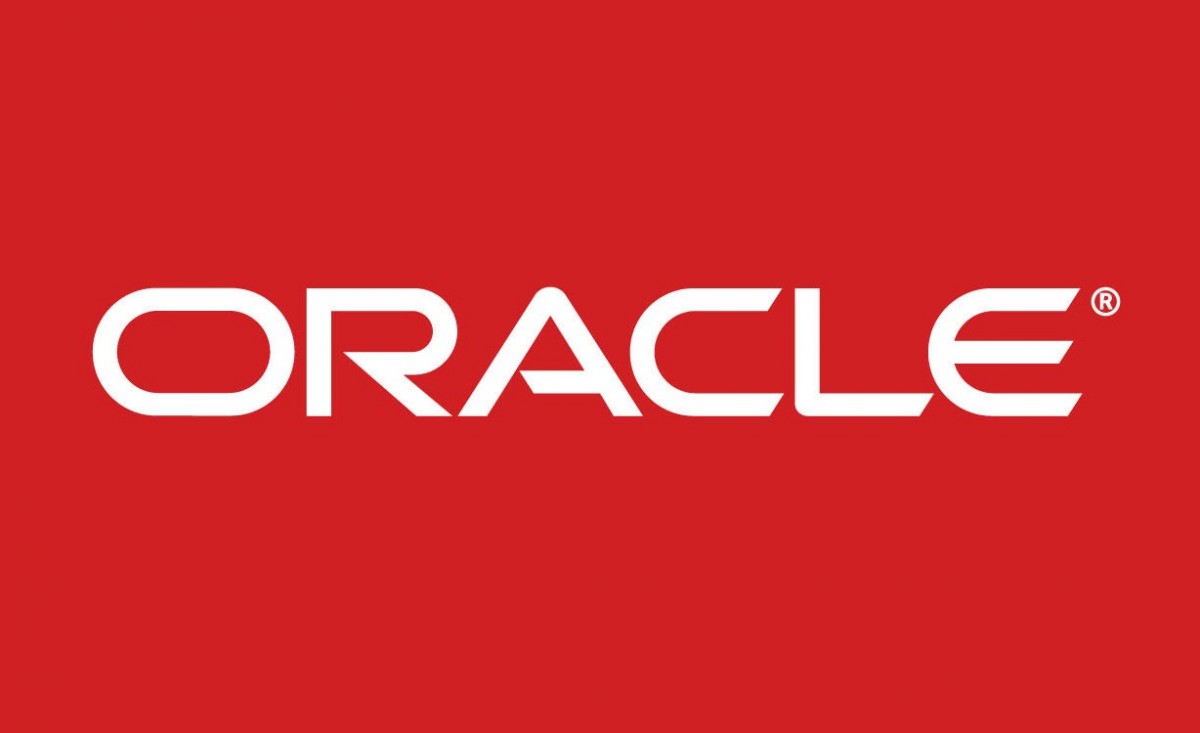 |
“Designed for efficiency and optimized for performance, Oracle’s server virtualization products support x86 and SPARC architectures and a variety of workloads such as Linux, Windows and Oracle Solaris. In addition to solutions that are hypervisor-based, Oracle also offers virtualization built in to hardware and Oracle operating systems to deliver the most complete and optimized solution for your entire computing environment.” |
 |
“Pluribus’ software-defined fabric (SDF) and network functions virtualization (NFV) are complementary networking technologies bound to transform how networks are designed, deployed and managed across data center and cloud service provider environments. By separating control and data planes, SDF allows the network to be programmed and operated from a single point of management at much larger and dynamic scale with flow-level traffic control across the entire data center.” |


